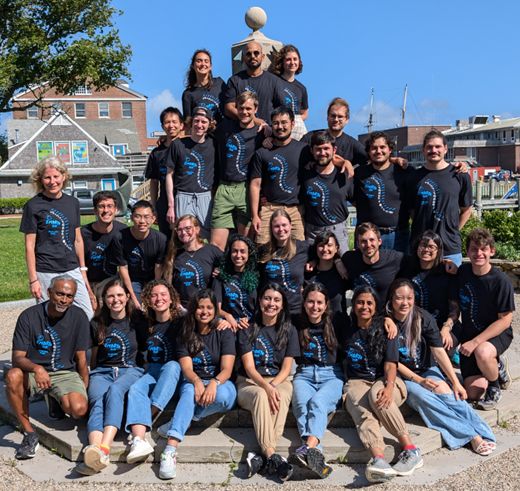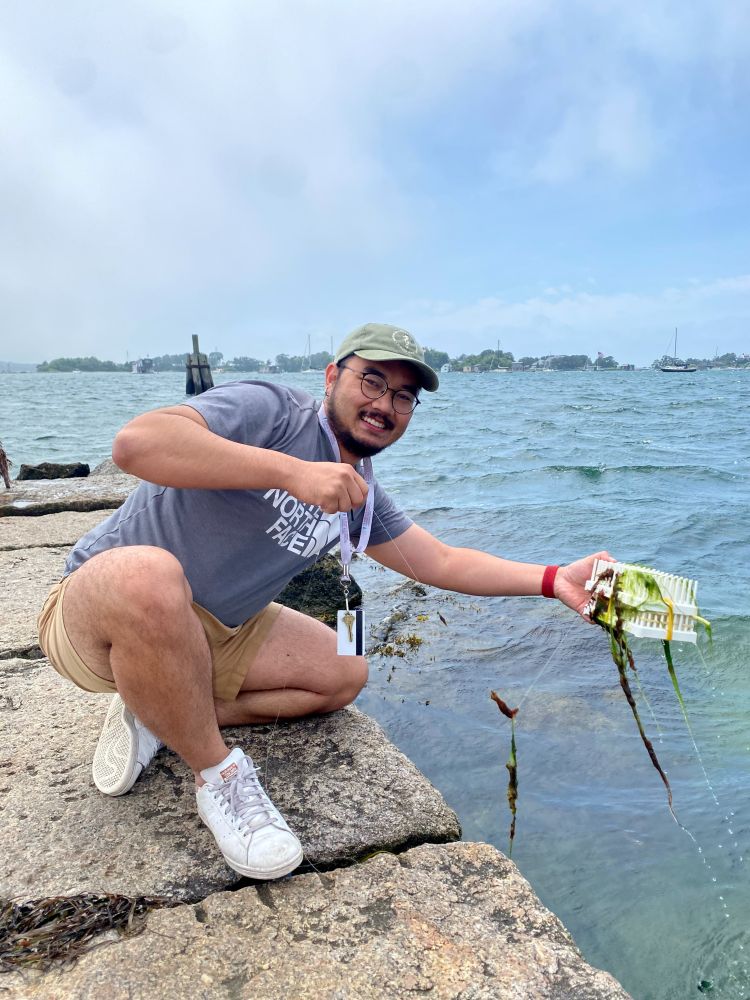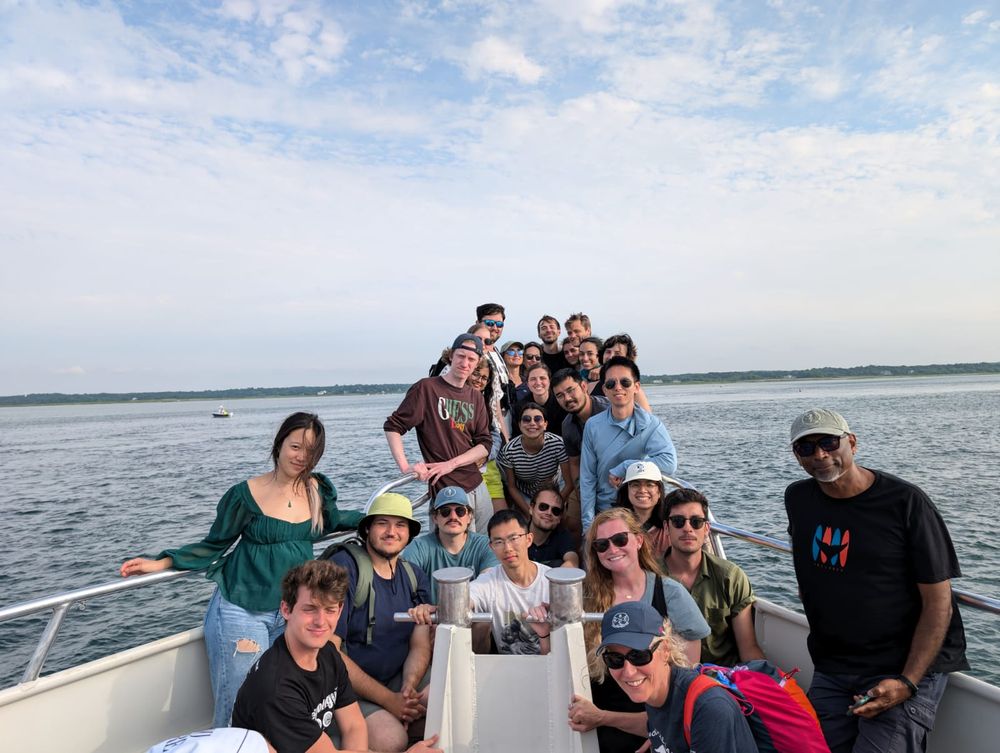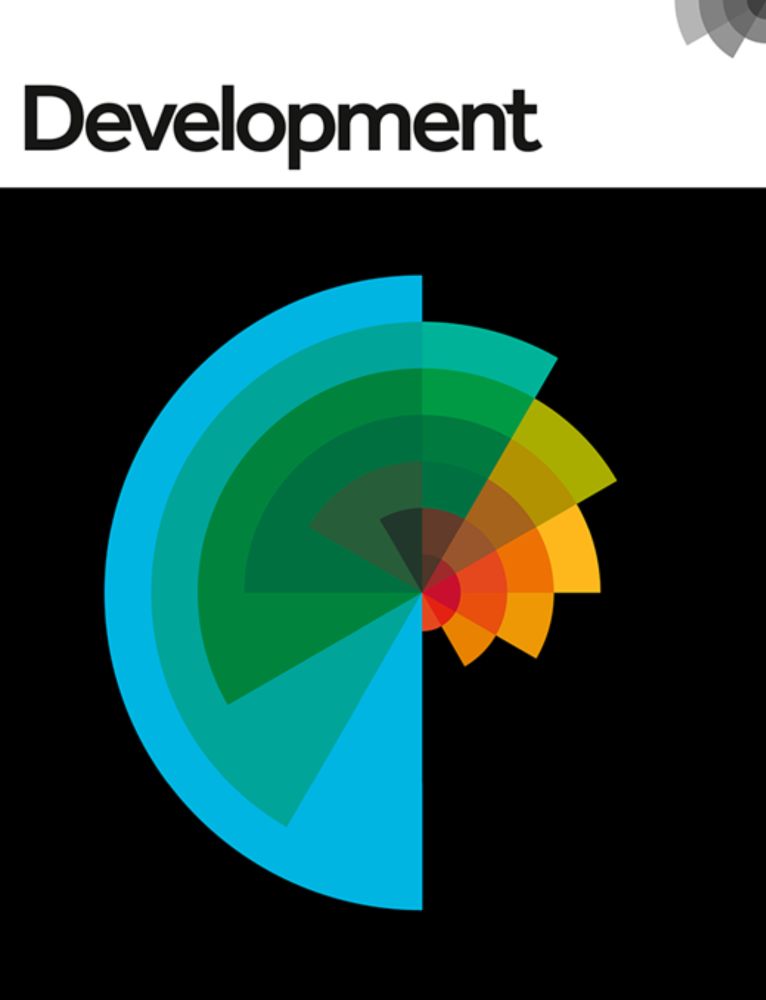Really excited to present the results of a fantastic collaboration with Jesse Veenvliet @jesseveenvliet.bsky.social @mpi-cbg.de @poldresden.bsky.social 🤩
We find a unique mechanism for body axis elongation in mammals, different from other vertebrate species
➡️ www.biorxiv.org/content/10.1...
28.10.2025 08:24 — 👍 142 🔁 47 💬 6 📌 3
According to blaadmineerders.nl P xenia feeds on Aspen
02.10.2025 20:45 — 👍 1 🔁 0 💬 0 📌 0
Could these mines not be microtheriella? Looks like the correct shape, and there's multiple mines on the same leaf, which is common for microtheriella
02.10.2025 05:02 — 👍 1 🔁 0 💬 1 📌 0

Mine of Dialectica scalariella on Viper's Bugloss (Echium vulgare)

Larva of Dialectica scalariella, exposed from its mine

Adult Dialectica scalariella
Collected leaf-mines of Dialectica scalariella on Viper's Bugloss/Echium vulgare from Freshwater Bay, Portland (VC 9) on 13th Sept - adults emerged on 25th Sept
@portlandbirdobs.bsky.social @dorsetbutterflies.bsky.social
27.09.2025 11:23 — 👍 10 🔁 1 💬 0 📌 0
I am excited to share the first preprint from my postdoc work! We found that ligand-receptor pairs are not static and show an antagonistic spatial localization! We show ligand is important to fine tune the amplitude of Wnt oscillations ensuring robust tissue patterning! Check out the preprint!
11.09.2025 15:42 — 👍 8 🔁 1 💬 2 📌 0
Out now in Seminars in Cell & Dev Biol!
doi.org/10.1016/j.se...
With thanks to co-authors @callumbucklow.bsky.social and @bertaverd.bsky.social
08.09.2025 11:59 — 👍 4 🔁 6 💬 0 📌 1

Portland moth / Actebia praecox resting on sand

Arctosa perita on an egg tray
Haar kept moth numbers down at Findhorn dunes (VC 95) last night, with a meagre return of 15 species across two traps. However i did find a nice Portland moth / Actebia praecox resting on the heather, and an attractive Arctosa perita sought refuge (or prey) inside one of the traps
18.08.2025 15:44 — 👍 1 🔁 0 💬 0 📌 0
Can't be taken beyond genus but most likely to be cagnagella with those white terminal cilia
30.06.2025 17:15 — 👍 1 🔁 0 💬 0 📌 0
25.06.2025 07:39 — 👍 2 🔁 0 💬 0 📌 0

Nemapogon ruricolella, resting on my finger
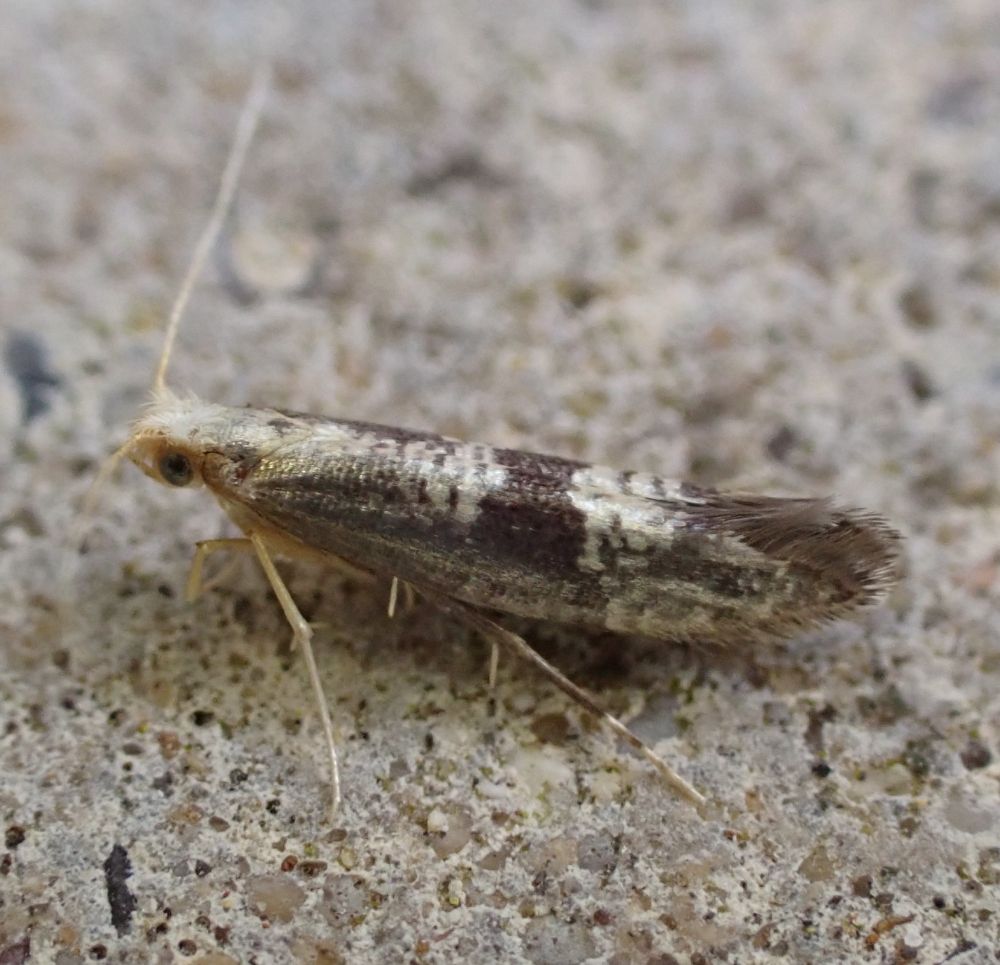
Argyresthia glaucinella

Stephensia brunnichella
Great night mothing in Wytham Woods on midsummer's day - warm weather brought in 121 species including (presumed) Nemapogon ruricolella, Argyresthia glaucinella, and a very handsome Stephensia brunnichella
@tmbirding.bsky.social #mothsmatter
25.06.2025 07:39 — 👍 11 🔁 1 💬 1 📌 0
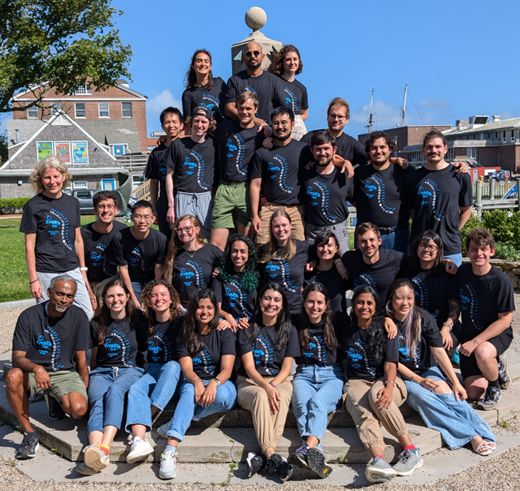
The 2024 Embryology cohort. Top row (left to right): Lucrezia Ferme, Vivek Ramalingam, Louise Dagher. Second row (left to right): Yuchuan Miao, Angelo Arrigo, Cliff Rostomily, Ekasit Sonpho, James Hammond, Jakke Neiro, Fjodor Merkuri, Paul Maier. Third row (left to right): Tatjana Piotrowski, Marc Trani Bustos, Roy Chen, Amanda Powell, Maya Pahima, Verena Kaul, Alexandra Lion, Frederic Zimmer, Kaitlyn Abshire, Stanley Marjenberg. Bottom row (left to right): Athula Wikramanayake, Kate McCluskey, Virgínia Andrade, Arushi Gupta, Francisca Espinoza Romero, Ruth Styfhals, Chaitra Prabhakar, Erica Lin.
In this Perspective, students from the 2024 Embryology Course share their experiences spending the summer at the Marine Biological Laboratory (@mblscience.bsky.social) in Woods Hole:
journals.biologists.com/dev/article/...
10.06.2025 08:51 — 👍 6 🔁 1 💬 0 📌 0
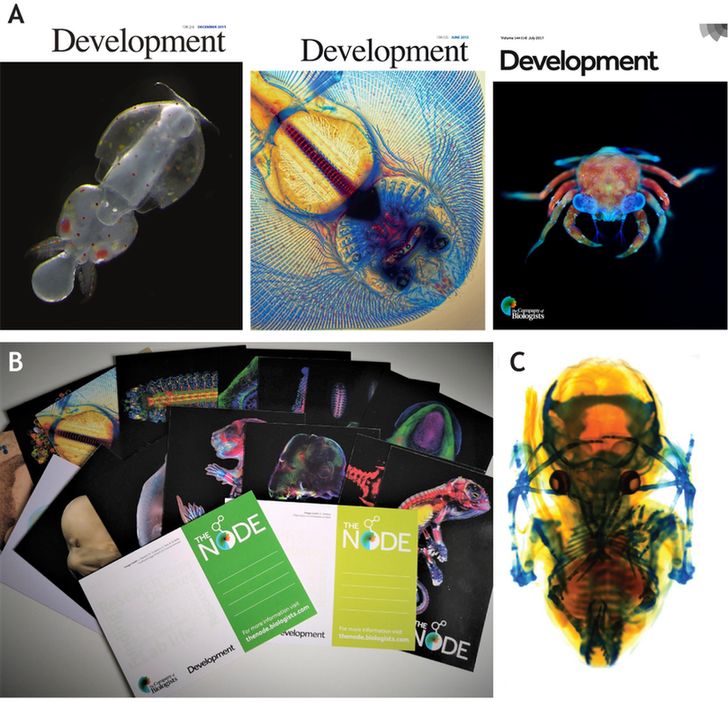
Images taken during the Woods Hole Embryology Course that have been promoted by Development and the Node.
The Company of Biologists and the Woods Hole Embryology Course
We explore the association of Development and @biologists.bsky.social with the Woods Hole Embryology Course @mblscience.bsky.social and hear from former students about the impact the course has had on them:
doi.org/10.1242/dev....
10.06.2025 08:51 — 👍 14 🔁 8 💬 1 📌 0
Somitic Change Drives Changes in Vertebral Regionalisation in African Cichlids Despite Strong Canalisation of Somite Number https://www.biorxiv.org/content/10.1101/2025.05.23.655800v1
28.05.2025 20:32 — 👍 1 🔁 3 💬 0 📌 0

Experimental embryology postdoc available in my lab at the @biology.ox.ac.uk @ox.ac.uk working on the evolution of vertebral counts. Reach out if you’re passionate about EvoDevo, enjoy lab work and microscopy and are into or could get into cichlid fishes. Deadline on the 16th June. Please share!
19.05.2025 16:10 — 👍 64 🔁 66 💬 4 📌 5

Modularity of the segmentation clock and morphogenesis
Vertebrates have evolved great diversity in the number of segments dividing the trunk body, however the developmental origin of the evolvability of this trait is poorly understood. The number of segme...
Segmentation clock & tissue development are decoupled - explanation for evolution of flexible body plans?
#EvoDevo #SegmentationClock
Study from Verd Lab @bertaverd.bsky.social @oxfordmathematics.bsky.social
🆕 #preprintpeerreview @biorxivpreprint.bsky.social
--> doi: doi.org/10.1101/2024...
30.04.2025 09:19 — 👍 5 🔁 2 💬 1 📌 0
I assume you reared them from larvae? What did you feed them - are you close enough to Bearberry to feed them that, or did you try them on Willow?
28.04.2025 17:28 — 👍 0 🔁 0 💬 1 📌 0
Not argyrana IMO, suspect one of albuginana/suspectana, worth dissecting
27.04.2025 19:36 — 👍 2 🔁 0 💬 1 📌 0
How'd you find this one? On a fencepost?
18.04.2025 18:44 — 👍 1 🔁 0 💬 1 📌 0
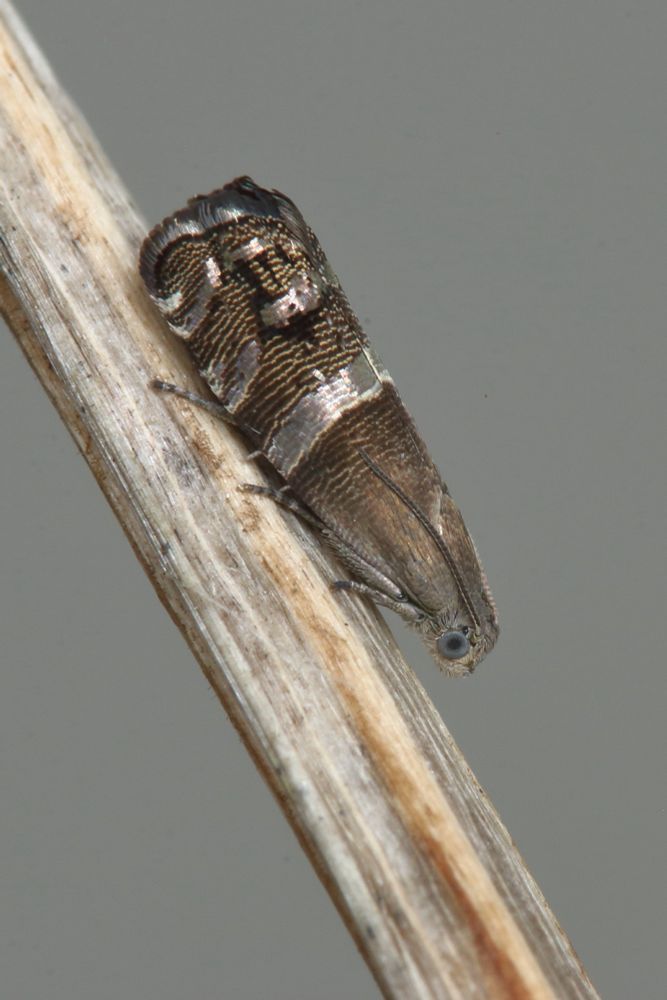
A male of the micro moth Pammene juniperana.
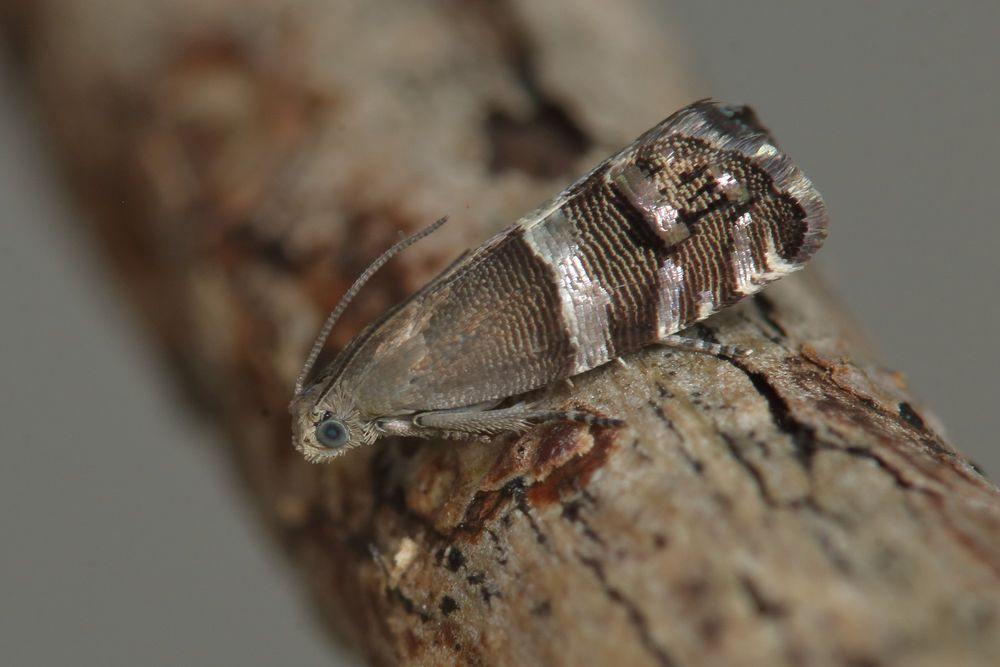
A female of the micro moth Pammene juniperana.
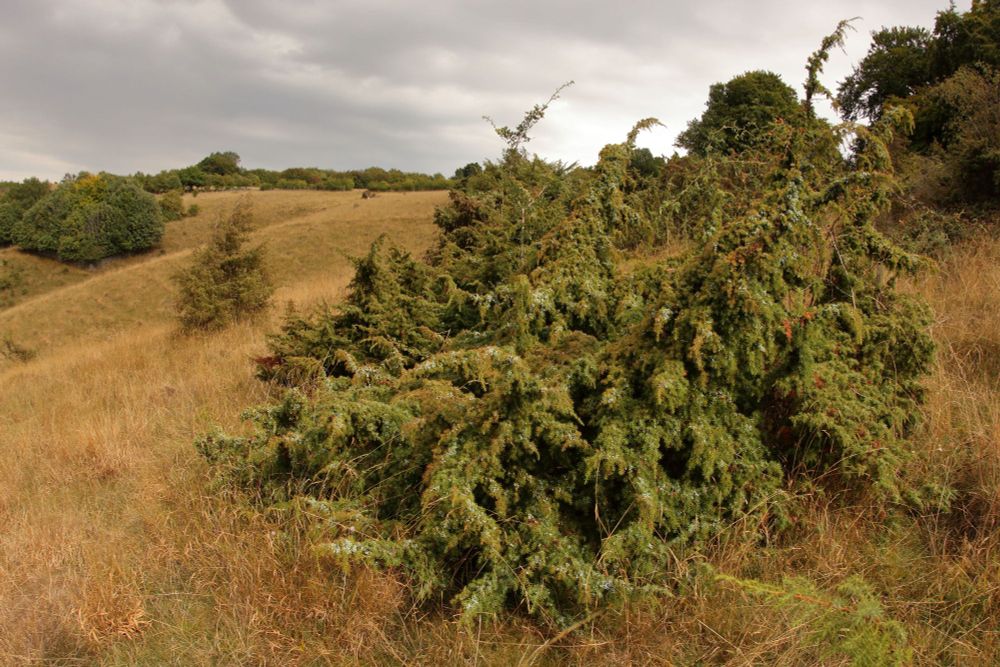
Habitat of the micro moth Pammene juniperana with wild Juniper growing on chalk downland.
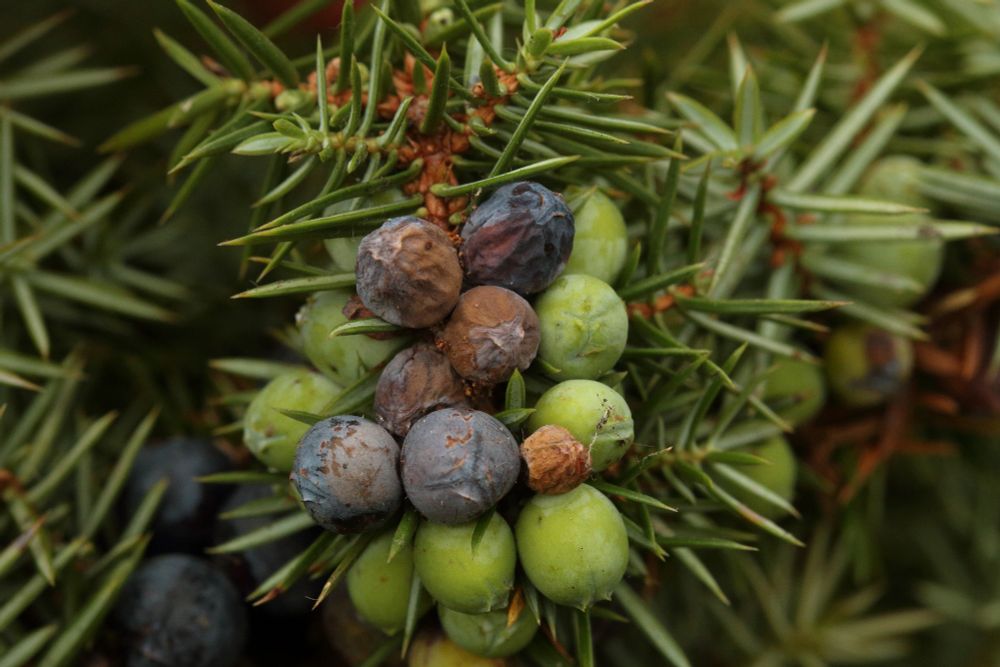
Larval feeding signs of the micro moth Pammene juniperana, with green Juniper berries discoloured pale blue.
Previously only recorded once in the UK in 2018, records of Pammene juniperana have been increasing since 2022. Pleased to finally share this paper with @jamesehammond.bsky.social confirming that this lovely moth is breeding here, probably both on both wild and garden Junipers: shorturl.at/E2LrU
18.04.2025 09:00 — 👍 61 🔁 4 💬 5 📌 2
Thank you!
26.03.2025 14:52 — 👍 0 🔁 0 💬 0 📌 0
Thank you! Obviously heavily inspired by your work
25.03.2025 10:23 — 👍 2 🔁 0 💬 0 📌 0
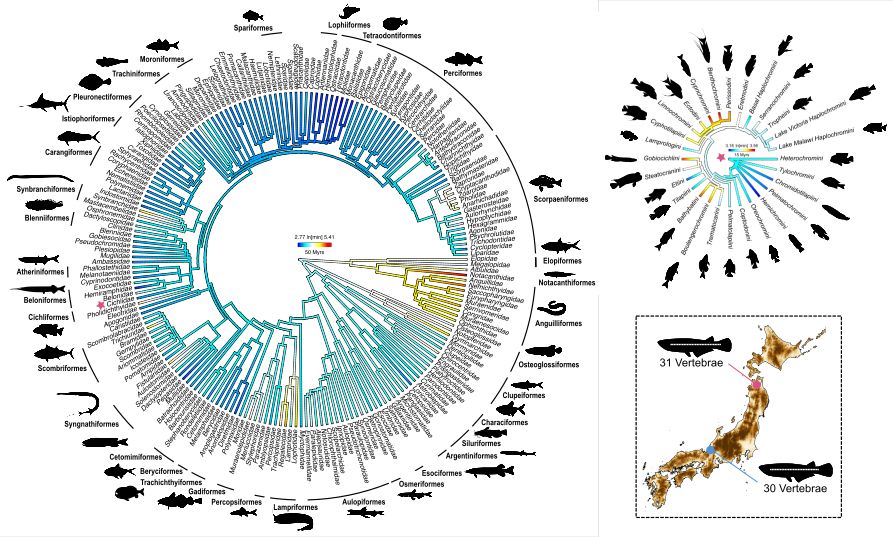
Latest work:
Review on the evolvability of vertebral number, and the developmental processes underpinning it
Written by Callum Bucklow, @bertaverd.bsky.social, and myself
Check it out here: doi.org/10.32942/X2K...
24.03.2025 21:26 — 👍 23 🔁 5 💬 1 📌 3
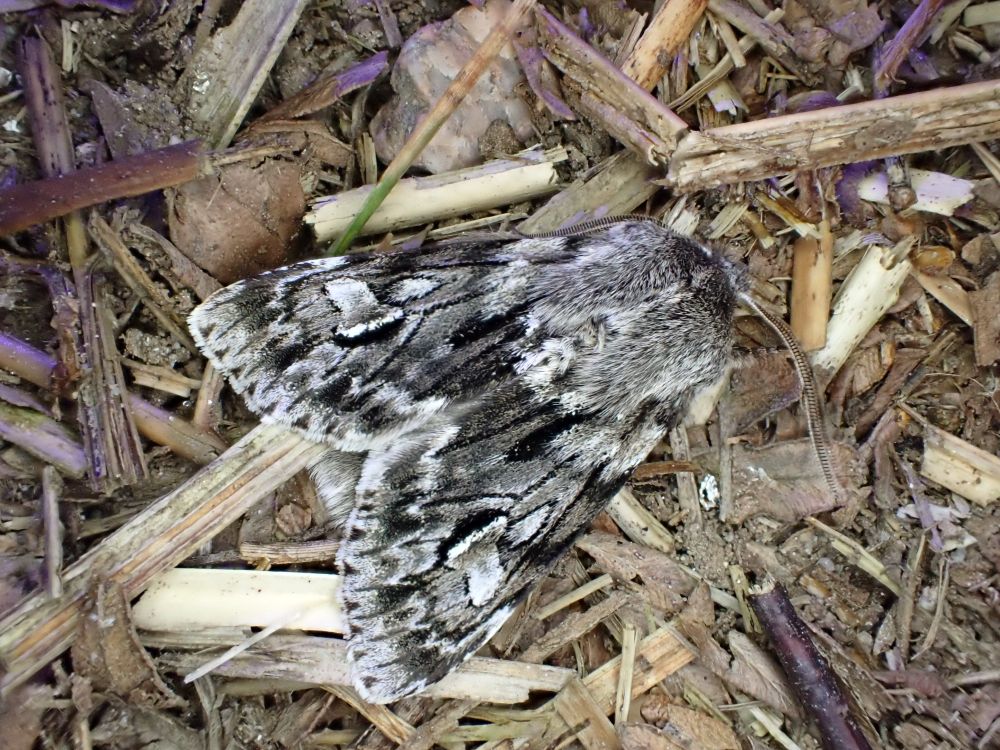
Rannoch sprawler / Brachionycha nubeculosa
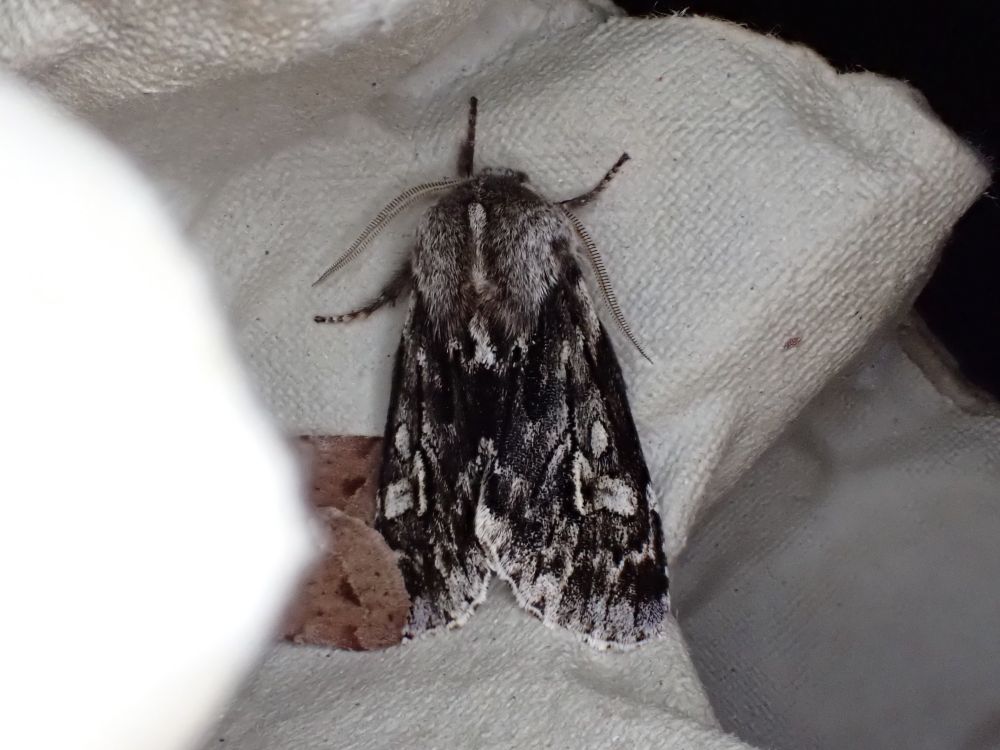
Rannoch sprawler / Brachionycha nubeculosa
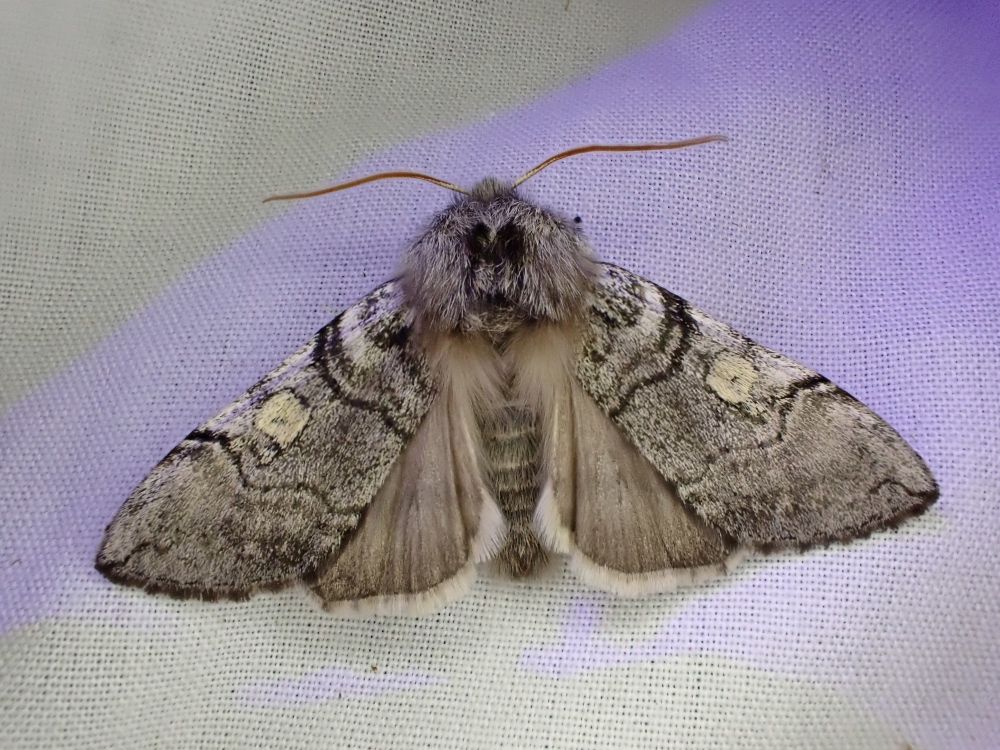
Yellow horned / Achlya flavicornis
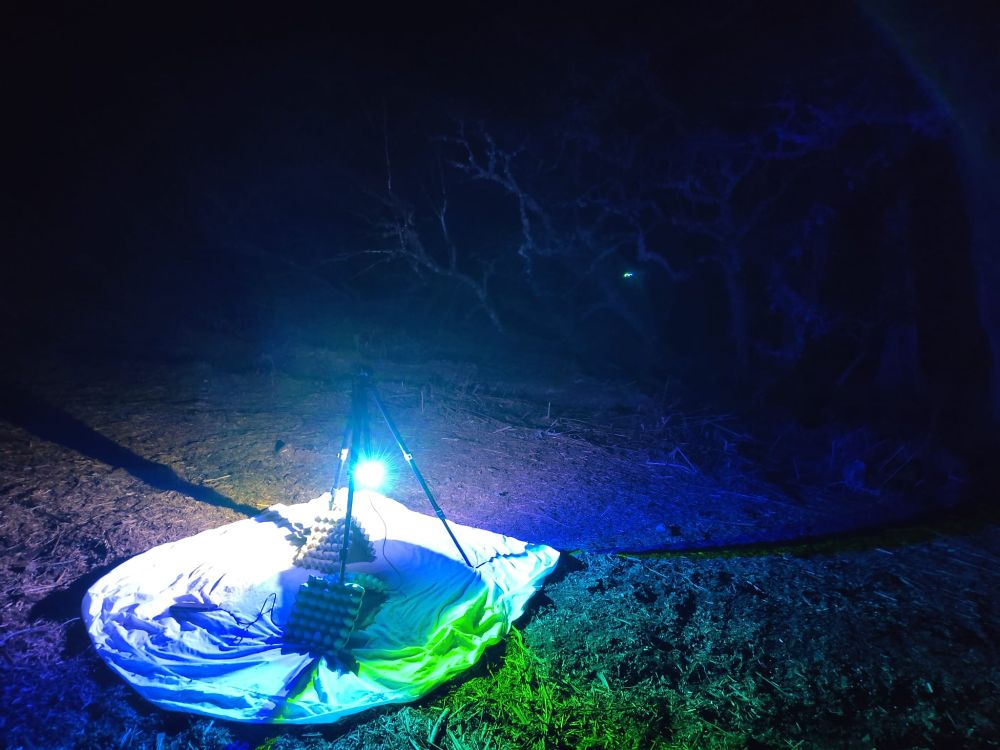
LepiLED drew in thirteen Rannoch sprawler (Brachionycha nubeculosa) at Drynachan up the Findhorn valley, including some nice dark specimens. Conditions about perfect, 90 moths of 11 species for 1.5 hrs trapping
20.03.2025 23:09 — 👍 5 🔁 0 💬 0 📌 0
PhD Student at the University of Oxford studying bird flight, vision and collisions | Freelance Tutor for the Field Studies Council
Scientist — Biophysicist
https://tglab.princeton.edu/
https://research.pasteur.fr/en/team/physics-of-biological-functions/
Cnidarian lover, endlessly curious. Interested in the development and evolution of animal forms. Current focus: chemical-mechanical regulation of regeneration in jellyfish. ATIP-Avenir, HFSP & Telethon laureate. Principal Investigator @cnidevo.bsky.social
Biophysicist/Developmental biologist. Postdoc @MPI-CBG, Tomancak lab, working on Hydra. She/her.
Physicist having a go at biology, EMBO postdoctoral fellow @UCL in the Mao group, @EMBL alumna
Im an engineer by trade, but im at my happiest when im out recording spiders.
developmental cell biophysicist searching for the forces shaping life (basically, I suck embryos into micropipettes)🇪🇺
Genetics professor: axon ER & degeneration in Drosophila, spastic paraplegia. Rejoin EU. Not the GAA commentator. Speak only for myself. Gaeilge, Deutsch. Maghera (Co Derry), Cambridge (UK).
https://www.gen.cam.ac.uk/research-groups/research-groups/okane
PhD Student at Lund University.
Working on Phylogenomics of Lepidoptera.
Insect systematist fascinated by beetles. Assistant professor and Insect Diagnostician. Desert explorer.
Applied Entomologist and human
I’m here for birds, insects, plants, and kind people. 🏳️🌈 he/him
Neurogeneticist interested in the relations between genes, brains, and minds. Author of INNATE (2018) and FREE AGENTS (2023)
Leafmines/leafmines.co.uk/interested in nature
🌲 Biodiversity conservationist living in Cambridge, UK.
🦋 Cambridgeshire butterfly recorder so this account will mainly about butterflies and other general natural history
Ecological and Evolutionary Developmental Biologist on craniofacial tissues in reptile models 🐍🦎🐢🐊
Research Director @helsinki-biotech.bsky.social (https://www.helsinki.fi/en/researchgroups/vertebrate-evolution-development-and-regeneration)
Professor in Biological Systematics, and Director of the Biological Museum, Lund University, Sweden
Butterflies and moths are my thing, especially their systematics and evolutionary history
DPhil student @intelligentearth.bsky.social & Oxford biology graduate.
Machine learning, biodiversity, sensory ecology, biologgers, birds
PhD student @mpi-cbg.de in the Veenvliet group @jesseveenvliet.bsky.social and at Physics of Life TU Dresden in the Campàs group @campaslab.bsky.social. All about understanding self-organizing and developing matter #biophysics #stembryos#embryos













